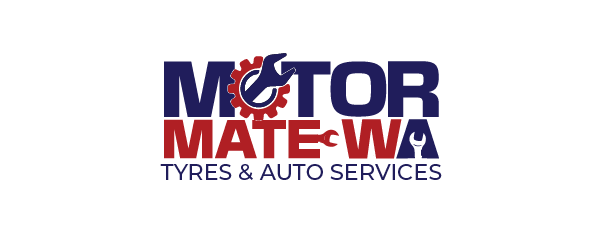What's the Difference Between Wheel Balance and Wheel Alignment? Which Service Do You Need?
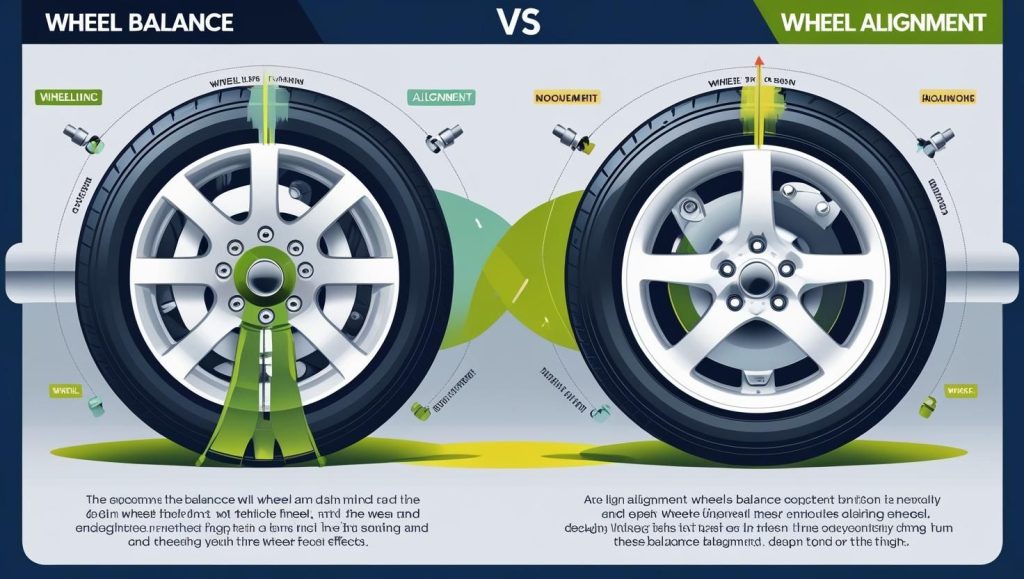
Ever feel your car vibrating at speed or notice your tyres wearing oddly? Many drivers confuse wheel balancing with wheel alignment, but each service fixes different problems.
If your ride is shaky, or your steering seems “off,” something needs fixing.
Motor Mate WA in Perth can help. We’ll pinpoint the issue and get you back on smooth, safe roads. In this guide, we explain each service, their signs and costs, and exactly which fix you need.
Let’s dig in.
What Is Wheel Balancing?
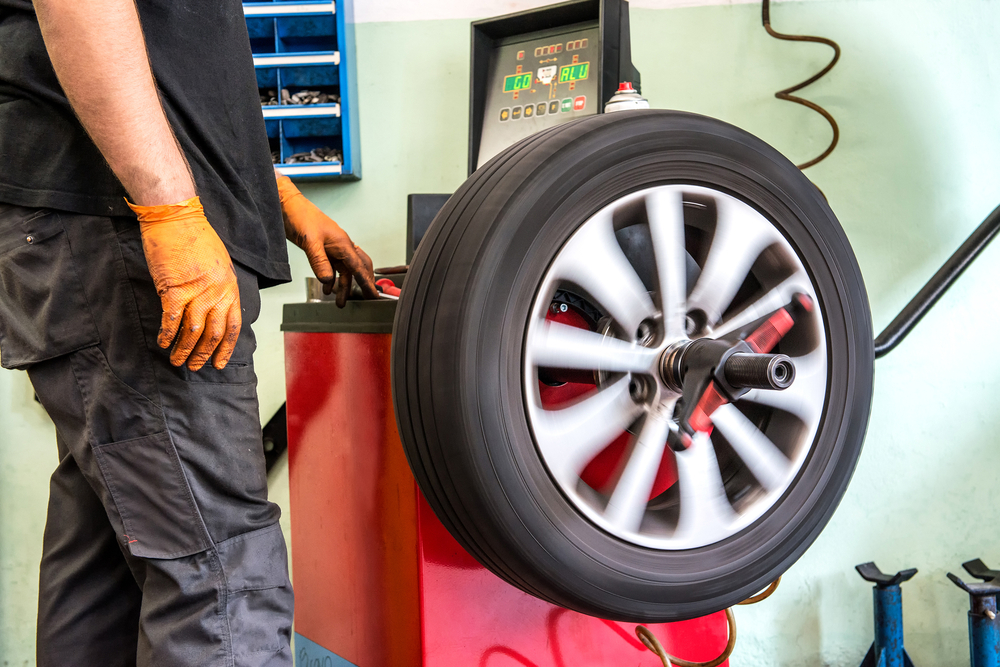
Wheel balancing corrects heavy spots on a tyre assembly so it spins smoothly at high speed.
A wheel is out of balance when one section is heavier than the rest. This weight imbalance causes the wheel to bounce or vibrate when spinning. This leads to vibrations felt in the steering wheel or even your seat. If left unbalanced, it accelerates tyre wear and can strain suspension parts.
So, how is wheel balancing done?
In a wheel balancing service, the tyre is mounted on a balancing machine. The machine spins the wheel and detects heavy spots. The technician then attaches small metal weights to the rim to counterbalance those spots. After balancing, weight is evenly distributed so the wheel spins smoothly.
Proper balancing makes sure that your car’s wheels are properly aligned and evenly distributed, in terms of weight. This extends tyre life and improves stability.
At Motor Mate WA, our experts use modern balancers to find any imbalance and add clip-on or adhesive wheel weights. We recommend rebalancing your wheels not only after new tyres, but whenever you feel shaking or after puncture repairs, because even a repaired tyre can have a slight imbalance.
Static vs. Dynamic Wheel Balancing
There are two ways to balance a wheel:
Static Balancing:
The wheel is balanced at standstill, adjusting for heavy spots in one plane. We add counterweights so the wheel doesn’t have a heavy spot that causes “hop.”
Dynamic Balancing:
This balances in motion. The wheel and tyre are spun, and the machine adds weights on both sides of the rim (inside and outside) to correct for both single-plane and dual-plane imbalances.
Most modern tyre balancing machines do dynamic balancing automatically. This addresses all weight discrepancies for the smoothest ride.
Signs Your Wheels Need Balancing
Imbalance usually shows up as vibration or wobble. Common indicators include:
- Steering wheel vibration, especially at higher speeds).
- Seat or floorboard vibration
- Isolated patches or uneven tread depth, usually due to bouncing.
- Poor fuel economy since imbalance increases rolling resistance.
- Rough ride, noise from the tyres, or steering wander at speed.
- Unusual tyre noise like thumping or humming sounds.
These symptoms contrast with alignment issues. If you have shake but no pulling to one side, it’s likely a balance problem. In either case, have a technician inspect both balance and alignment, since fixing one problem while ignoring the other is a waste of time and money.
Car Wheel Balancing Cost in Perth
In Perth, a standard wheel alignment costs around $70–$120 for a typical passenger car. The exact price depends on the vehicle size and workshop. Smaller sedans and hatchbacks are on the lower end like $70–$90. Whereas, larger SUVs/4WDs and luxury cars may be up to $100–$120.
There’s usually no extra charge for kilometres driven. Rather, auto shops recommend wheel balance roughly every 10,000–20,000 km to prevent wear.
So, this was all about tyre balancing, now let’s get into tyre alignment so that you know the difference.
What Is Wheel Alignment?
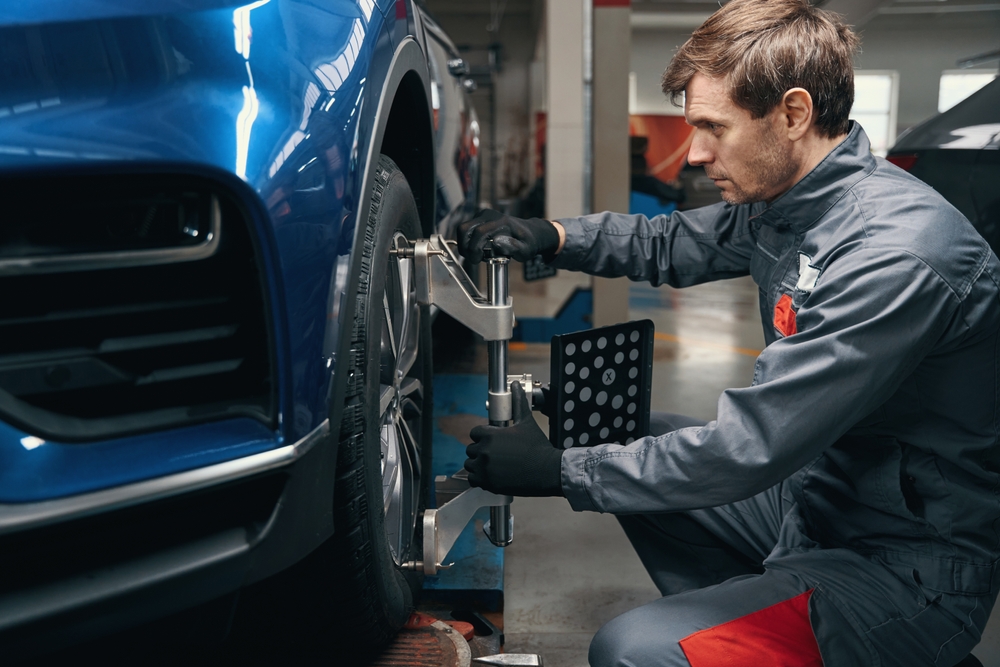
Wheel alignment is an adjustment of your car’s wheels relative to each other, the chassis and the road.
In proper tyre alignment, all wheels are parallel to each other, perpendicular to the ground, and point straight ahead. This ensures minimal rolling resistance. Correct alignment extends tyre life and improves handling and fuel efficiency.
Conversely, misaligned wheels cause uneven tyre wear, pulling to one side, and compromised safety.
For example, if camber (wheel tilt) or toe (wheel angle) is off, your car will drift, the steering wheel can pull sideways, and tyres will scrub on the road. Experts recommend a wheel alignment when you fit new tyres and roughly every 10,000 km to keep your investment alive and your ride safe.
Camber, toe and caster are the three key angles adjusted in a wheel alignment.
1. Camber:
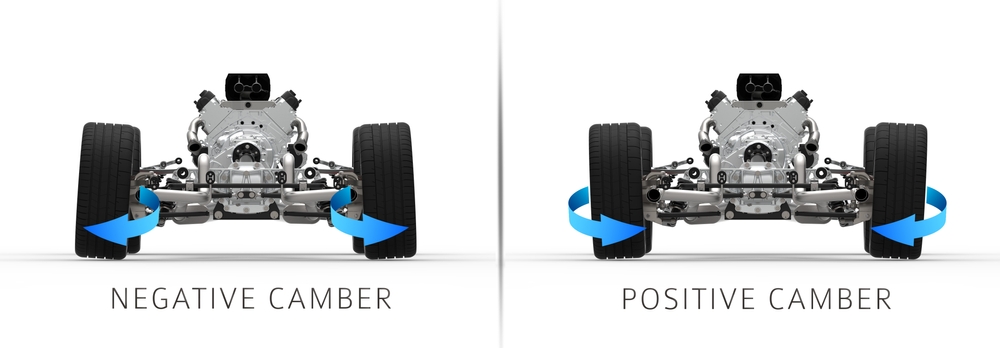
Camber is the inward or outward tilt of a wheel when viewed from the front.
- Zero camber means the wheel is vertical.
- Negative camber is when the top tilts inward.
- Positive camber is when top tilts outward.
Negative and positive camber affect cornering grip and tyre wear. Too much camber causes the tyre to wear on one edge.
2. Toe
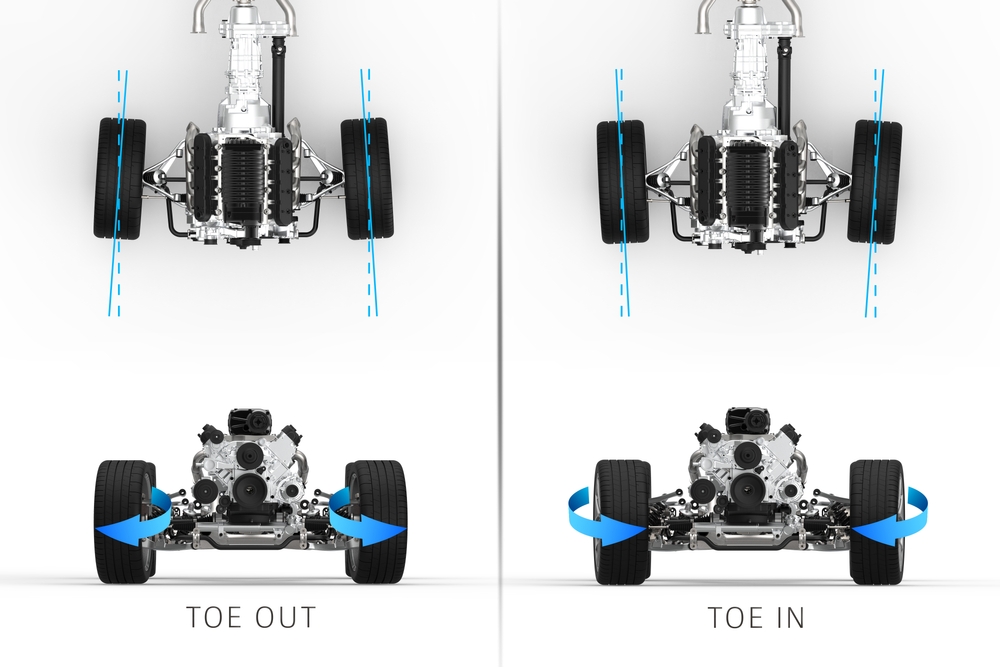
Toe is the angle of wheels viewed from above.
- Zero toe means all wheels point straight ahead.
- Toe-in means the fronts of the wheels are closer together.
- Toe-out means the wheel fronts are further apart.
Correct toe minimises friction and feathering, so tyres roll straight without scrubbing. Bad toe causes rapid, uneven wear and steering wander.
3. Caster

Caster is the forward/backward tilt of the steering axis (viewed from the side).
- Positive caster is when steering axis is tilted rearward. It provides high-speed stability and better self-centering steering.
- Negative caster is when steering axis is tilted forward. It was used on old cars to reduce steering effort. Caster doesn’t wear tyres but affects steering feel and returnability.
Technicians use an alignment rack with sensors or camera arms to measure these angles and adjust them to factory specs. Practically, an alignment machine clamps onto each wheel and precisely adjusts suspension links so camber, toe, and caster match the carmaker’s settings. The result is straight steering, even tyre contact, and a stable ride.
Signs Your Wheels Need Alignment
If your wheels are out of alignment, you’ll notice warning signs. Watch for these:
- Car pulls to one side
- Off-center steering wheel when driving straight.
- Uneven tyre wear; one side of the tyre tread is worn more than the other.
- Unstable or loose handling
- Strange squealing or screeching tyre noises during turns
If you notice any of the above, it’s time for a wheel alignment. An expert mechanic can diagnose and reset the wheel angles so your car tracks straight and tyres wear evenly.
Car Wheel Alignment Cost in Perth
Typically, wheel balancing costs about $30–$35 per wheel in Perth, or roughly $120–$140 for all four wheels. Many car service shops in Perth offer full 4-wheel balancing, with tyre rotation and weights, around $80–100 as a package.
We recommend balancing your wheels every time you fit new tyres or rotate them, which is roughly every 10,000–15,000 km. It prevents vibrations and uneven wear.
Wheel Balance vs. Wheel Alignment: Quick Comparison
Wheel Balancing | Wheel Alignment | |
Purpose | Fixes weight-related vibrations. Ensures wheels have even weight distribution, preventing vibrations. | Fixes angle-related handling issues. Adjusts wheel angles (camber, toe, caster) so wheels are perpendicular and parallel as intended. |
Adjustment | Small lead or adhesive weights are added to wheel rims to counterbalance heavy spots. | Suspension links are adjusted so wheel angles match factory specs, using an alignment rack. |
Signs | · Steering-wheel shake · Seat vibration · Uneven tyre wear from bouncing · Rough ride, steering wander at speed | · Car pulling to side · Off-center steering · Uneven tyre wear · Loose handling |
Recommended When | Every tyre change or rotation (10k km), or when new vibration appears. | With new tyres or every 10k km, or when steering/handling feels off. |
So, Which Service Do You Need: Wheel Balancing or Wheel Alignment?
Remember:
- Wheel balancing service corrects the weight imbalances of your tyres.
- Wheel alignment service adjusts tyre angles for road contact.
If your car vibrates, especially at speed or under acceleration, start with a wheel balance. If your car pulls, wanders or steers crooked, and your tyres show uneven wear, you need a wheel alignment.
Mostly the best answer is ‘both’. Whenever you install new tyres or do major suspension work, we recommend getting both the wheels balanced and aligned for a flawless ride.
If we had to choose the more important service, alignment is generally more important for safety and handling. Proper alignment keeps the vehicle tracking straight and tyres wearing evenly. But remember: any time you notice vibrations, balancing is quick and inexpensive and can immediately restore smoothness.
In summary, follow these simple rules:
- Align your wheels whenever new tyres are fitted and about once a year or 15–20,000 km
- Rebalance your tyres after every tyre change or if you feel shakes.
Get Expert Wheel Alignment & Balancing at Motor Mate WA
Don’t let steering issues or tyre wear drag you down. At Motor Mate WA, our certified technicians use advanced equipment to ensure your wheels are precisely aligned and balanced.
We’re Perth’s trusted auto experts. We’ll diagnose the root cause, explain the solution in simple terms, and perform the service efficiently.
So, contact us today and experience the difference of a properly balanced and aligned vehicle.
FAQs
Q1: Do I need wheel alignment after installing new tyres?
Yes. It’s best practice to align your wheels whenever you fit new tyres. Proper alignment ensures the new tyres meet the road at the correct angles, extending tyre life and improving safety.
Q2: How can I tell if my wheel needs balancing or alignment?
Generally, vibrations point to a balancing issue, while pulling, crooked steering, or rapid uneven wear indicate an alignment issue. For example, a shaking steering wheel means ‘it’s time to rebalance’ and a car that drifts to one side means ‘ It’s time for realignment.’
Q3: What happens if a wheel is out of balance or alignment?
An out-of-balance wheel causes vibration in the steering and seats. An out-of-alignment wheel causes uneven tyre wear and makes the vehicle pull to one side. Both issues can be fixed by the respective service.
Q4: Which is more important: wheel balancing or alignment?
Both are important for safety and tyre health. However, alignment is generally considered more critical for overall handling and tyre longevity. Proper alignment keeps you in control and your tyres wearing evenly. Balancing is still essential for comfort and preventing vibration.
Q5: How often should I get my wheels aligned and balanced?
A good rule is to align your wheels about once a year or every 10,000–20,000 km, and have them balanced whenever new tyres are installed or at least at each tyre rotation (every 10,000 km).
Q6: Do I need all four wheels aligned?
Yes; for most modern cars, a four-wheel alignment is recommended. Cars with independent suspension on all wheels (including front-wheel and all-wheel drives) need all four wheels aligned to factory specs. Even two-wheel drive cars benefit from a four-wheel alignment if possible. The general rule is; if the shop can align all four, do it.
